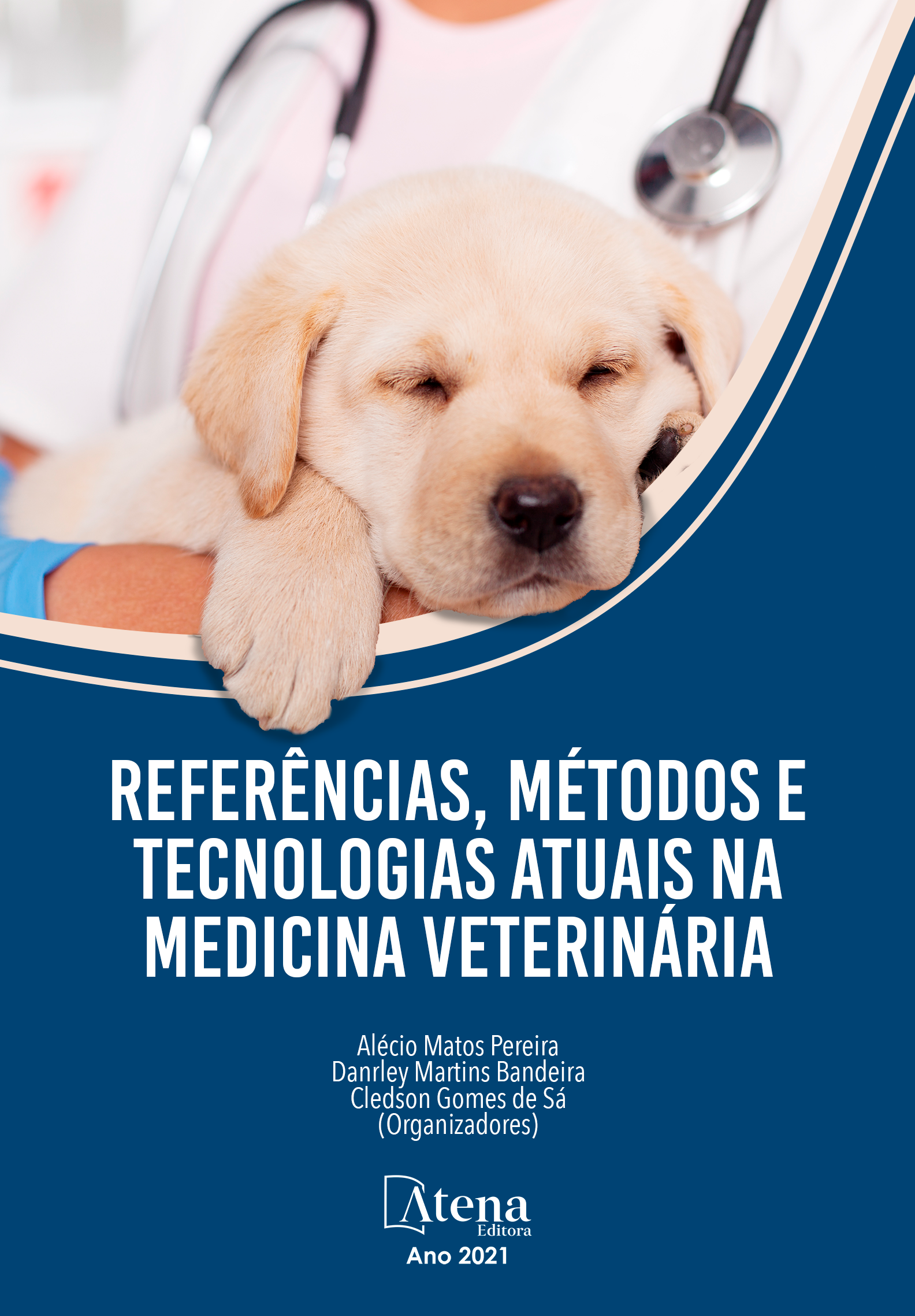
ESTUDO RETROSPECTIVO DO ATENDIMENTO DE ANIMAIS PETS NÃO CONVENCIONAIS NO HOSPITAL VETERINÁRIO DA UNIVERSIDADE DE SOROCABA ENTRE OS ANOS DE 2017 A 2019
O Hospital Veterinário da Universidade de Sorocaba (HOVET-UNISO) disponibiliza atendimento clínico ambulatorial, procedimentos cirúrgicos e apoio laboratorial aos animais pets não convencionais desde 2016, com consultas e cirurgias agendadas e acompanhadas por alunos do último ano do curso de Medicina Veterinária. Os pets não convencionais têm marcado cada vez mais presença na rotina dos atendimentos médicos veterinários e nota-se o crescente interesse pela população em tratá-los como animais de companhia. O presente estudo teve como objetivo realizar um levantamento retrospectivo dos atendimentos aos pets não convencionais encaminhados ao HOVET-UNISO entre os anos de 2017 e 2019, para atendimento clínico e/ou cirúrgico e as patologias observadas. O estudo retrospectivo foi realizado a partir da análise dos prontuários dos pets não convencionais encaminhados ao HOVET-UNISO nos anos de 2017 a 2019 durante a rotina clínica e cirúrgica no setor de atendimentos de animais silvestres. Foram analisadas 120 fichas clínicas de animais pets não convencionais atendidos no Hospital veterinário da UNISO. Não foram incluídos animais selvagens e tampouco animais silvestres de vida livre. A distribuição das classes de pacientes atendidos no HOVET da UNISO representou: 58,5% mamíferos (70/120), seguidos pelas classes das aves, com 32,5% (39/120) e 9% répteis (11/120). Dentre os mamíferos os coelhos foram à espécie mais atendida no HOVET e as motivações apontadas foram à presença de ectoparasitos, traumas, problemas dentários, traumas e cirurgias contracetivas. Pode concluir que a classe dos mamíferos foi a mais numerosa com o atendimento de 15 espécies distintas totalizando 70 pacientes. Dentre as motivações dos tutores em encaminhar o animal ao HOVET, exames de rotina e orientações foi o maior número de pacientes atendidos.
ESTUDO RETROSPECTIVO DO ATENDIMENTO DE ANIMAIS PETS NÃO CONVENCIONAIS NO HOSPITAL VETERINÁRIO DA UNIVERSIDADE DE SOROCABA ENTRE OS ANOS DE 2017 A 2019
-
DOI: 10.22533/at.ed.83321090210
-
Palavras-chave: Aves. Mamíferos. Pets não convencionais. Répteis
-
Keywords: Birds. Mammals. Reptiles. Unconventional pets.
-
Abstract:
The Veterinary Hospital of the University of Sorocaba (HOVET-UNISO) provides outpatient clinical care, surgical procedures and laboratory support to non-conventional pets since 2016, with consultations and surgeries scheduled and accompanied by students from the last year of the Veterinary Medicine course. Non-conventional pets have been increasingly present in the routine of veterinary medical care and there is a growing interest in the population to treat them as pets. The present study aimed to carry out a retrospective survey of care for unconventional pets sent to HOVET-UNISO between the years 2017 and 2019, for clinical and / or surgical care and the pathologies observed. The retrospective study was carried out based on the analysis of the medical records of unconventional pets sent to HOVET-UNISO in the years 2017 to 2019 during the clinical and surgical routine in the wild animal care sector. 120 clinical records of unconventional pets treated at the UNISO Veterinary Hospital were analyzed. Wild animals and free-living wild animals were not included. The distribution of the classes of patients treated at HOISO from UNISO represented: 58.5% mammals (70/120), followed by bird classes, with 32.5% (39/120) and 9% reptiles (11/120). Among the mammals, rabbits were the most attended species in HOVET and the motivations pointed out were the presence of ectoparasites, trauma, dental problems, trauma and contraceptive surgeries. It can be concluded that the class of mammals was the most numerous with the attendance of 15 different species totaling 70 patients. Among the motivations of the tutors in referring the animal to HOVET, routine exams and guidelines was the largest number of patients seen.
-
Número de páginas: 7
- Flávia Paiffer
- Rodrigo Hidalgo Friciello Teixeira
- Luan de Souza Santos


